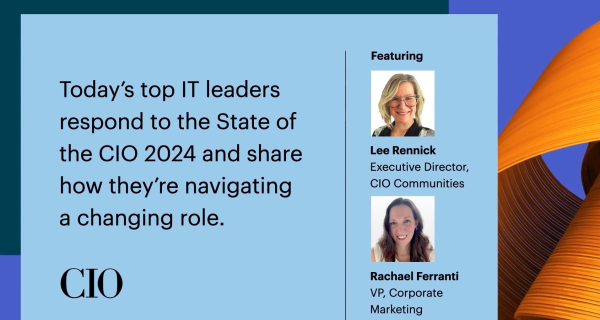Email marketing has been around since the dawn of digital marketing, and it remains the backbone of both the industry and the customer journey. Email continues to provide the best bang for the marketing dollar. However, several recent events have made it even more important to B2B marketers:
GDPR/CCPA: With both consumers and governments cracking down on email misuse, data privacy laws make it even more important to use secure, opt-in lists where the sender has a 1st party relationship with the members of the list.
COVID-19: As other types of traditional marketing take a back-seat data shows marketers are investing more dollars into email. A recent study of B2B marketing decision-makers from Innovate MR “COVID-19 B2B Survey” states that 37% plan to increase investment in email marketing over the next 12 months. Only online and social media advertising scored better for anticipated increases.
The Decline of the 3rd Party Cookie: The movement away from 3rd party cookies also puts an emphasis on having a direct relationship with prospects and customers. What is better than email?
Additionally, a renewed focus on email is a way to combat rising rates on Google and social media; and the brand safety issues that comes with those platforms. As an added bonus, email provides actionable data on buying intent, content preferences and behaviors you can use to refine your targeting and content.
If your list is lacking, there are multiple ways to engage in this channel with trusted partners to scale your reach. You can sponsor content-based emails from reputable media companies or send a co-branded email to their 1st party lists. And, of course it is an ideal account-based marketing vehicle where you can customize the email by company on your target account list.
As promised, here are 8 tips for a stronger email strategy:
- Think mobile first for your design. Make the assumption that your email will be seen on a smartphone rather than desktop. Take advantage of the scrolling nature of mobile content consumption in your design.
- A great subject line makes all the difference between success and failure. It should be actionable, clear, concise – benefit oriented to the recipient. Tips include adding a number such as “3 best applications” or pose a question like “what application tool do you use?” These drive better open rates.
- Design is critical and best practice is to be minimalist with strong and multiple calls to action (CTA) throughout. Have just one image and make it above the fold. When it comes to design, less is more.
- Social integration: put your social icons on the email to grow your social following and make the email sharable so the recipient can send it to other people.
- Include multiple media types, not just links to text-based web pages. Use video, podcasts, white paper downloads, and other interactive types of content.
- The era of the mass send is over. Make sure you use database segmentation and targeting based on your intent and behavioral data. Even better is personalization based on what you know about the recipient’s interests.
- A seamless experience is very important which means user testing on your designs and templates. Make sure you test on multiple devices, operating systems and browsers.
- Data, Data, and more data. A/B test subject lines, headlines, content etc. Continually test, measure and optimize your deployment. Pull your data into a business intelligence tool to visualize and track.
To learn more about IDG’s email marketing products, please click here.




